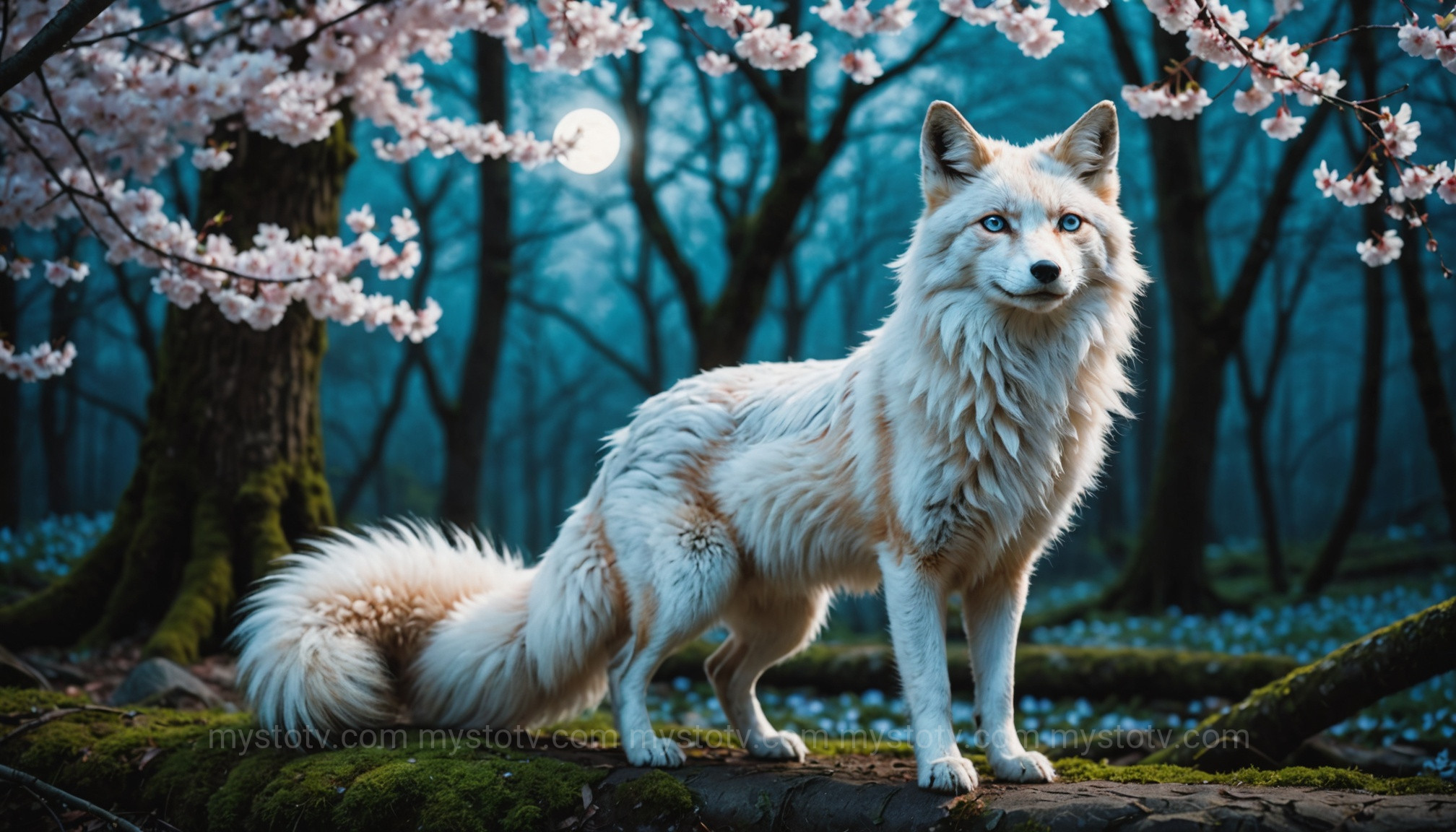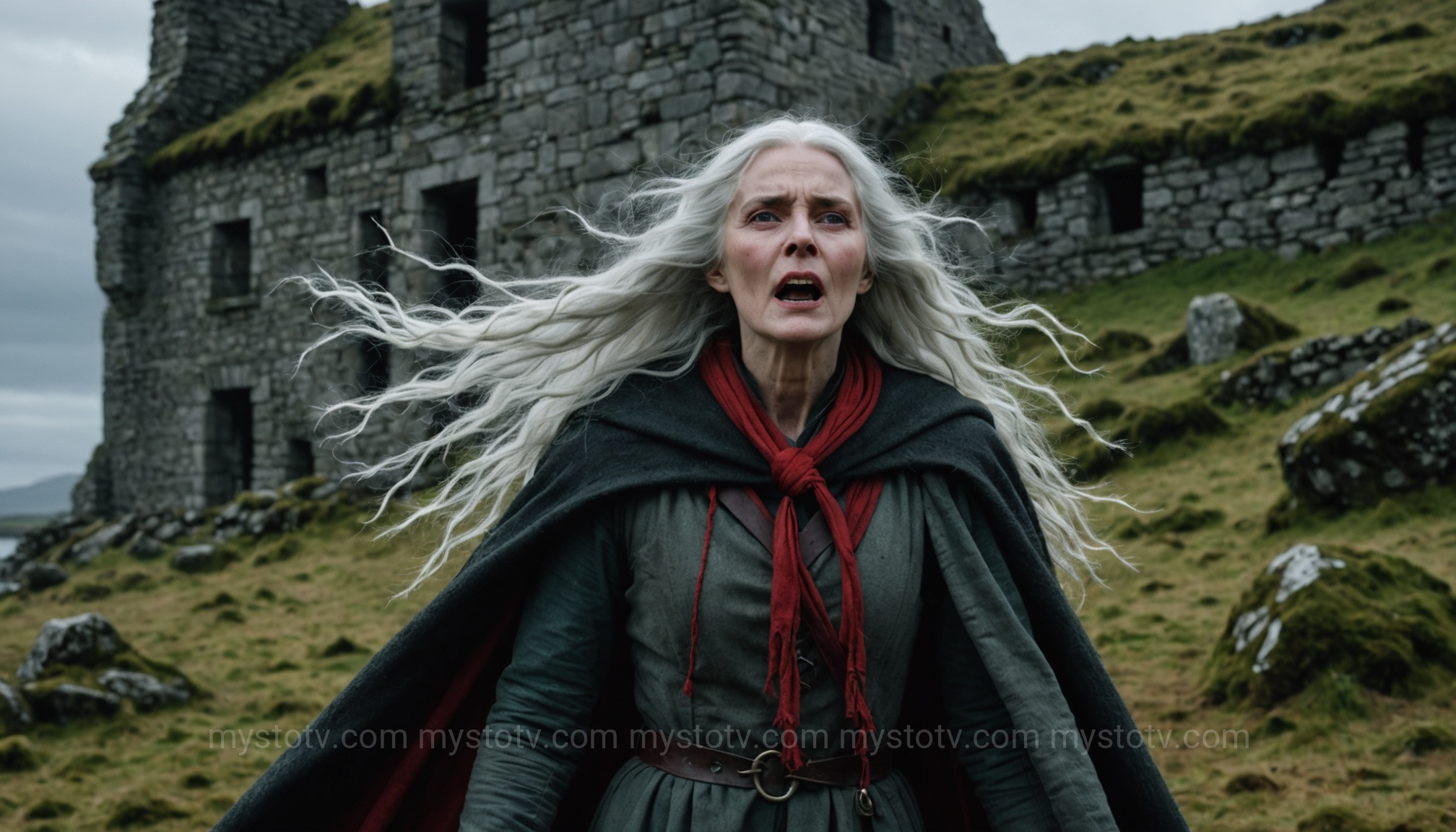Contents
- 1 The Enduring Allure of Mythical Spirits Folklore: Why We Still Believe
- 2 Guardians and Guides: Exploring Benevolent Mythical Spirits Folklore
- 3 Harbingers of Chaos: The Darker Side of Mythical Spirits Folklore
- 4 Mythical Spirits Folklore in the Modern Age: Digital Campfires and Enduring Archetypes
- 5 Conclusion: The Undying Echoes of Our Shared Stories
The Enduring Allure of Mythical Spirits Folklore: Why We Still Believe
The persistence of mythical spirits folklore across millennia and cultures is no accident. These tales are not merely fanciful fictions; they are powerful tools that have served critical psychological and social functions. They represent humanity’s attempt to impose order on a chaotic world, to give meaning to the inexplicable, and to codify the values that hold a community together. The analysis of this phenomenon reveals that these spirits are powerful metaphors, reflecting our deepest anxieties and most profound aspirations.
Explaining the Unexplained
Before the advent of modern science, mythical spirits folklore provided a framework for understanding the world. A sudden blight on the crops wasn't a result of fungus; it was the work of a disgruntled field spirit. The strange whispers of the wind through the trees were not mere air currents, but the voices of ancestral ghosts. These supernatural explanations gave a sense of agency and understanding to events that otherwise seemed random and terrifying. By personifying natural forces or phenomena like death and disease, our ancestors could negotiate with them, appease them, and create rituals to regain a semblance of control. This function of folklore made the world a more navigable and less frightening place.
A Moral Compass and Social Order
Many spirits in folklore serve as supernatural enforcers of social norms. Stories of vengeful ghosts haunting those who break oaths, or of malevolent entities preying on the greedy and dishonest, acted as powerful cautionary tales. These narratives reinforced a community's moral code far more effectively than simple rules. The fear of a tangible, supernatural consequence—being haunted by a Rusalka for swimming after dark or tormented by a Krampus for misbehaving—was a potent motivator for conformity and good behavior. In this way, mythical spirits folklore became an essential mechanism for maintaining social order and transmitting cultural values from one generation to the next.
A Connection to Our Ancestors and Nature
At its heart, much of this folklore is about connection. It connects us to our heritage through tales of ancestor spirits who watch over their descendants. It connects us to the land itself, populating forests, rivers, and mountains with guardian entities—the Genii Loci, or spirits of place. These stories foster a sense of respect and reverence for the natural world, suggesting that it is alive and sentient. In an increasingly disconnected world, the idea of a spiritual ecosystem, a cornerstone of mythical spirits folklore, offers a powerful and attractive alternative to a purely materialistic worldview.
Guardians and Guides: Exploring Benevolent Mythical Spirits Folklore
While many tales focus on fear, a significant portion of mythical spirits folklore centers on beings of light, protection, and wisdom. These benevolent entities embody humanity's hopes for guidance, salvation, and a hidden order that works in our favor. They represent the belief that we are not alone in the universe and that spiritual forces can intervene to offer aid and comfort. Analyzing these figures reveals a deep-seated human need for reassurance and the personification of virtues like loyalty, wisdom, and compassion.
The Kitsune of Japan: Cunning Tricksters and Faithful Companions

In Japanese folklore, the Kitsune are intelligent foxes possessing paranormal abilities that grow with their age and wisdom. While some stories depict them as tricksters, many portray them as faithful guardians, friends, and lovers. The most powerful Kitsune—those who have lived a thousand years—grow a ninth tail and gain celestial powers, often serving the rice god Inari as messengers. These tales of loyalty and wisdom showcase a cultural appreciation for intelligence and devotion. The Kitsune's dual nature as both a potential trickster and a powerful ally serves as a sophisticated reminder that wisdom and power can be complex forces, demanding respect and understanding.
The Dryads of Greece: Nymphs of the Ancient Woods

Originating in ancient Greek mythology, Dryads are tree nymphs, or female spirits intrinsically bound to a specific tree. A Dryad lives as long as her tree does, and if it is cut down, she perishes with it. They were seen as gentle and shy creatures, protectors of the forests and friends to the gods and mortals who respected nature. The concept of the Dryad personifies the life force of the wilderness and serves as a powerful ecological metaphor. This element of mythical spirits folklore encourages a deep respect for nature, framing trees not as inert resources but as living beings with a soul that deserves protection.
Harbingers of Chaos: The Darker Side of Mythical Spirits Folklore
For every guardian spirit, there is a dark counterpart that embodies our deepest fears: death, loss, chaos, and the unknown. These malevolent or ominous figures are not simply monsters; they are complex symbols that give a face to human suffering and the consequences of our actions. The darker side of mythical spirits folklore serves a crucial purpose by articulating anxieties that are otherwise difficult to confront, acting as living warnings and personifications of fate. Examining these legends, like those of the ominous Banshee, gives us insight into how cultures process grief and fear.
The Banshee of Ireland: A Wail of Impending Doom

The Banshee (from bean sídhe, meaning "woman of the fairy mound") is one of the most famous figures in Irish folklore. She is not a spirit of malice but a harbinger of death. Her mournful keening, a cry of profound grief, is said to be heard by members of ancient Irish families just before a relative dies. The Banshee can appear as a beautiful woman, a frightful hag, or even a crow. Her legend transforms the sterile finality of death into a profound, almost familial, ritual of grief. She is a supernatural mourner, symbolizing that a death is so significant it is lamented by the spirit world itself, thus lending a strange, poetic dignity to loss.
The Djinn of the Middle East: Beings of Smokeless Fire
Long before the sanitized "genies" of modern cartoons, the Djinn (or Jinn) of Middle Eastern lore were powerful and unpredictable entities. According to Islamic theology and regional folklore, they are beings made of "smokeless fire" who live in a parallel world. Unlike angels, they possess free will and can be good, evil, or neutrally ambivalent. This complexity makes them particularly frightening. A powerful Djinn could grant wishes but could also be a terrifyingly dangerous entity, capable of possession, causing illness, or leading mortals to ruin. The folklore of the Djinn represents the capricious nature of fortune and the existence of powerful forces beyond human control and comprehension.
Mythical Spirits Folklore in the Modern Age: Digital Campfires and Enduring Archetypes
One might assume that in our scientific, hyper-connected era, mythical spirits folklore would fade into obscurity. Instead, it has proven remarkably adaptable, finding new life in modern media and digital spaces. The fundamental human needs that created these spirits—the desire to explain, warn, and connect—have not disappeared. They have simply changed their form of expression, proving the timeless relevance of these narratives.
The Evolution of Storytelling: Creepypasta and Urban Legends
The internet has become the world's largest campfire, and on forums and social media, new legends are born. "Creepypastas"—horror stories shared online—have given rise to new mythical figures like Slender Man, a tall, faceless entity who stalks children. While digitally native, Slender Man shares many traits with older folklore figures like the Boogeyman. He is a cautionary tale, a personification of modern anxieties (stranger danger, the unknown nature of the internet), and a community-created mythos. This demonstrates how the process of creating mythical spirits folklore is an ongoing, living tradition, adapting its methods to new technologies.
Enduring Archetypes in Popular Culture
The core archetypes of mythical spirits folklore are alive and well in our most popular books, films, and video games. The wise, guiding spirit is present in characters like Obi-Wan Kenobi. The seductive but dangerous nature spirit can be seen in figures like Poison Ivy. The terrifying, implacable haunter is the foundation for countless horror movie villains. These modern stories tap into the same deep-seated psychological templates that made the original legends so powerful. By recycling these archetypes, popular culture ensures that the core lessons and emotional resonance of mythical spirits folklore continue to reach new generations, even if they no longer believe in a Dryad in their backyard tree.
Mythical spirits folklore is far more than a collection of quaint and spooky tales. It is a profound reflection of the human psyche, a mirror showing us how we have grappled with the world's greatest mysteries for centuries. These legends of guardians, tricksters, and phantoms are intricate cultural artifacts that explain the unknown, enforce social bonds, and connect us to our natural and ancestral worlds. From the ancient Kitsune to the modern Slender Man, these stories demonstrate an incredible resilience, adapting to new contexts and technologies while retaining their core power. The study of mythical spirits folklore is ultimately the study of ourselves, reminding us that even in a world of logic and reason, we still need the magic of a story well told.